Projets
Voici quelques uns des projets utilisant ou ayant utilisé les ressources du mésocentre. Si vous souhaitez voir apparaître le vôtre, veuillez envoyer, de préférence en anglais, un abstract (10 lignes maximum), une image représentative et un titre à mesocentre-admin@univ-amu.fr.
Numerical aortic valve
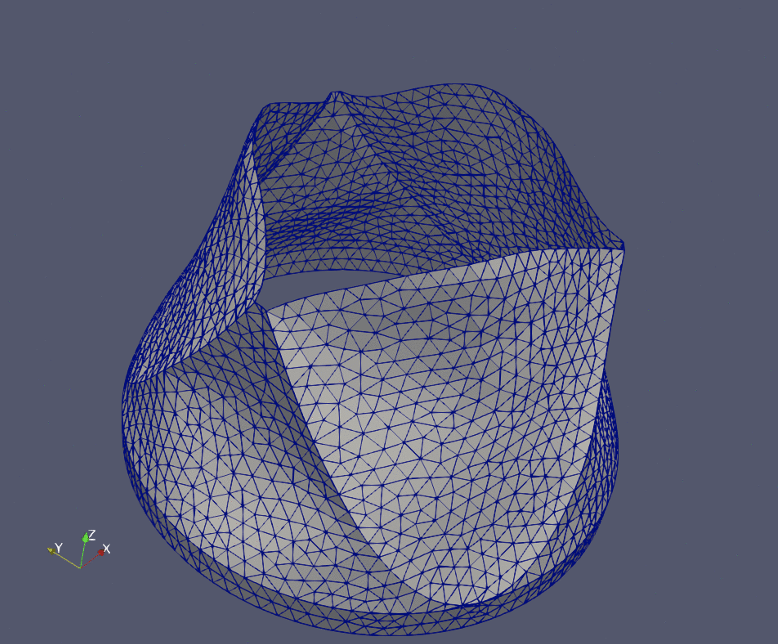
The aim is to to use a numerical environment based on lattice Boltzmann and immersed boundary methods to simulate the fluid-structure interaction mechanisms at play in the aortic valve in human heart. In particular, we will study the Ross procedure, which consists in replacing the aortic valve by a pulmonary vale in surgery. We want to characterize long- term post-surgery complications of the Ross procedure using the numerical approach.
Dependence on pressure of electronic and vibrational properties of wurtzite Boron Nitride
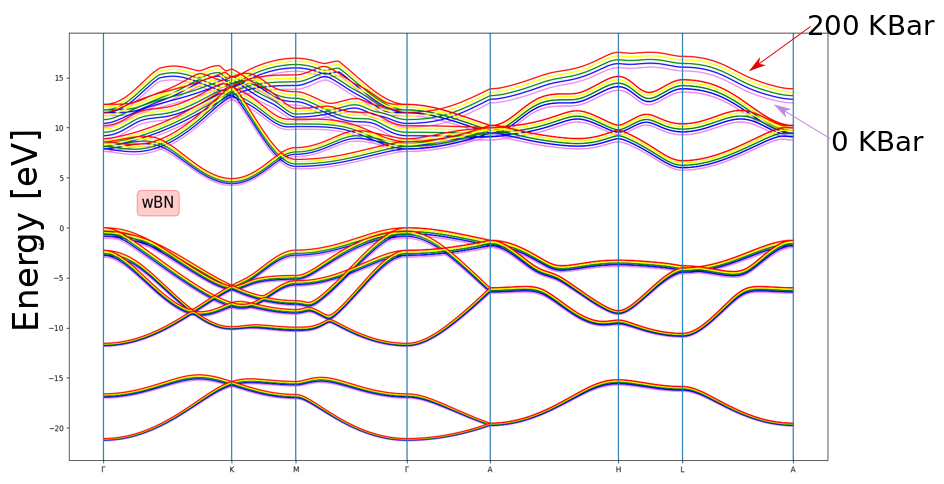
Boron Nitride is a material with an enormous technological interest due to its unique electronic and thermal conductivity properties. Similar to diamond, BN occurs in several polymorphs, namely cubic zinc-blend type (c-BN), layered hexagonal (h-BN), wurtzite type (w-BN). h-BN is considered to be the most stable BN polymorph at ambient conditions and it has recently attracted a lot of attention as an efficient emitter in the UV energy range. c-BN and w-BN polymorphs can be synthetized at high pressurehigh temperature conditions, in particular wBN is stable starting from 13GPa. The aim of this proposal is to investigate the dependence of the electronic and vibrational properties, like electronic band structure, electronic band gap and phonon modes, at DFT (Density Functional Theory) + DFTP (Density Functional Perturbation Theory) level. [1] A. Segura, R. Cuscó, T. Taniguchi, K. Watanabe, G. Cassabois, B. Gil, and L. Artús. J. Phys. Chem. C 2019, 123, 33, 20167–20173
Reaction front propagation in turbulence
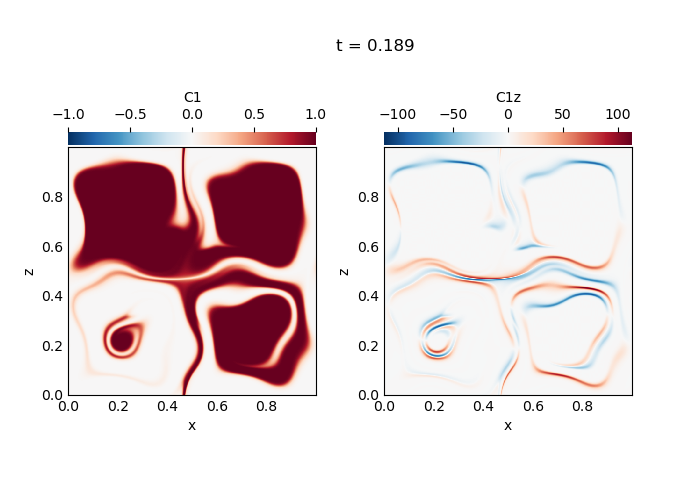
In order to determine the effect of turbulence on the propagation of a chemical front (speed, shape…), a 3D advection-diffusion-reaction equation has to be solved along with the Navier-Stokes equations (DNS). Many parameters are yet to be tested, like diffusion, type of flow, production term… For now, we would first like to test if we can run DEDALUS on the Mesocenter, which is an open-source framework running on Python that solves differential equations using spectral methods. For more info : https:dedalus-project.org If were able to do so, then we shall ask for a greater number of CPU hours.
Halogen-bonding and anion-pi in confined spaces. –HALPI
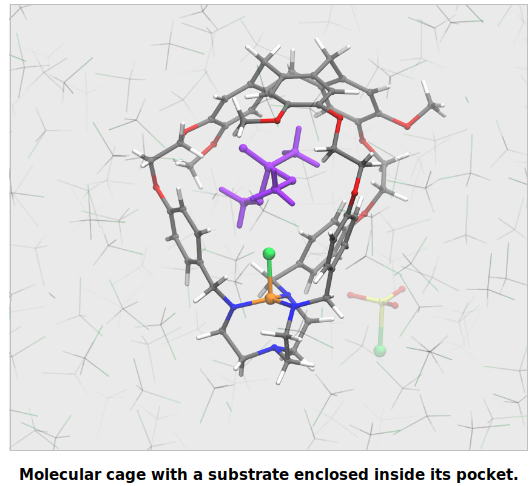
Synthetic (in)-organic chemists are able to build complex molecular structures, such as molecular cages, which provide chemical environments useful for host-guest supramolecular chemistry and catalysis. The interior of molecular cages can be equipped by functional groups that offer optimal sites for specific interactions, such as hydrogen- or halogen-bonding; molecular bricks could be also integrated, allowing for anion-π interactions: those refer to non-covalent electrostatic interactions between an anion and an aromatic electron deficient moiety with a high quadrupolar moment. In order to combine anion-π interactions and confined space, efforts are currently made to build electron deficient hemicryptophanes, able to bind anions and catalyze challenging reactions (ANR APICOCAT, Dr. Yoann Cotelle as Principal Investigator). It is not always possible to crystallize those molecular architectures, as they may display large conformational flexibility. Thus, computational studies offer the possibility to predict their shape. In this project, we aim at modeling some molecular cages presenting sites for hydrogen-bonding, halogen-bonding and anion-π interactions. Besides structural properties, binding properties will be investigated. The role of the solvent will be taken into account: solvent molecules could enter into the cavities, impacting structures and binding properties. Indeed, a competition is possible between the binding of a solvent molecule and the guest. Some preliminary molecular dynamics calculations will be performed to investigate this issue.
BIODYNAM

Many important biological systems absorb light. Biological macromolecules the excited state can undergo many excited pathways to either decay back to the ground state, react or transfer its energy. Understanding the pathway by which these molecules decayreact is fundamental to comprenhend its biochemical activity. The present project aims to understand the decay mechanisms of several relevant biological chromophores by performing full quantum dynamics of: (1) Nucleobases (DNARNA); (2) Heme group (myoglobin protein); (3) Porphyrin-Tryptophan group (crypthochrome protein). Until now, most of these molecules have been studied using approximate semiclassical dynamics. I want to apply full quantum dynamics methods to parameterized vibronic models using state-of-the-art. For that, scans along potential energy surface cuts at the multireference CASPT2 level are necessary.
The functional role of left ventral occipitotemporal cortex in the speech processing network.
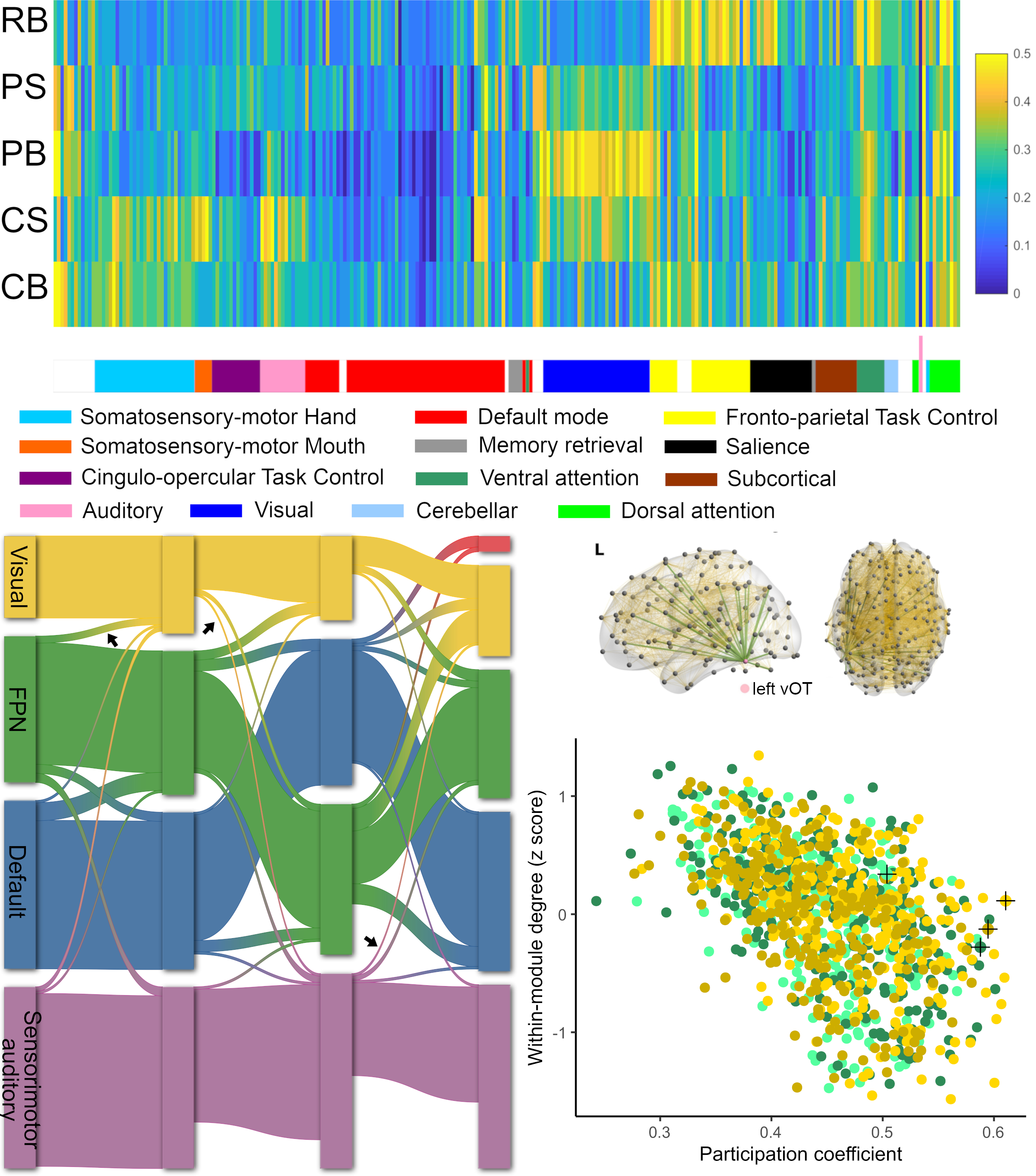
The left ventral occipitotemporal cortex (vOT) is considered the key region of the reading system in the human brain. Many previous studies also suggested the left vOT is involved in speech processing. Our recent study (Planton et al., 2019) reported the involvement of the left vOT in spoken sentence processing by using univariate fMRI approach. The present project aims to further study the functional relationships between the left vOT and speech processing regions, and in addition describe its functional (topological) role in the brain network by using connectivity analysis and graph theoretical analysis (GTA). Both connectivity and GTA are helpful for characterizing the connections between various brain regions and the topological organization of brain networks. In this context, the left vOTs role in the speech processing network could be investigated in detail.
TRANMIX: Transport and Mixing in complex geometries.
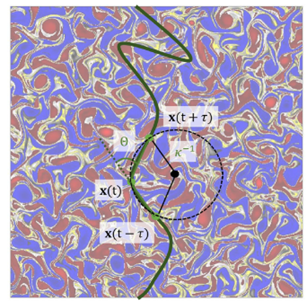
The structural description of the statistical dynamics of turbulence has shifted from the investigation of spatial correlations of instantaneous velocity fields to the study of temporal correlations along fluid particle trajectories. In the Lagrangian reference frame, the spatiotemporal complexity of turbulence manifests itself through the spiraling chaotic motion of fluid particles, changing direction at every time scale. The characterization of particle trajectories is of importance to describe and quantify the topology of the fluid motion. The role of boundaries on transport and mixing is also primordial to understand mixing and dispersion in industrial (dynamical) mixing devices and chemical reactor vessels. A key point of the project is the particular effect of solid walls onto scalar mixing and Lagrangian transport. The methodology of the project will be based on Direct Numerical Simulation to study mixing of passive scalars and transport of passive particles in complex confined geometries. The volume penalization method, in a classical pseudo-spectral code, is used to impose the different boundary conditions (Dirichlet for velocity and homogeneous Neumann for scalar). The efficiency of transport and mixing will be quantified for different mixing process (different Reynolds and Schmidt Numbers). The directional change of such a fluid particle will be investigated by the angle between two subsequent particle displacement increments [Bos 2015]. Conditional statistics will be analyzed in further details to understand the influence of boundaries and of topology.
Last updated : 11 juillet 2024